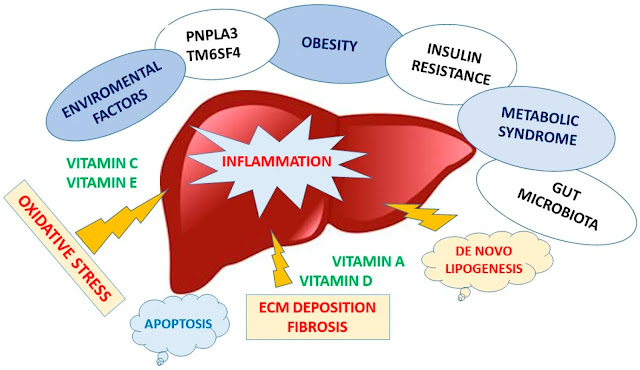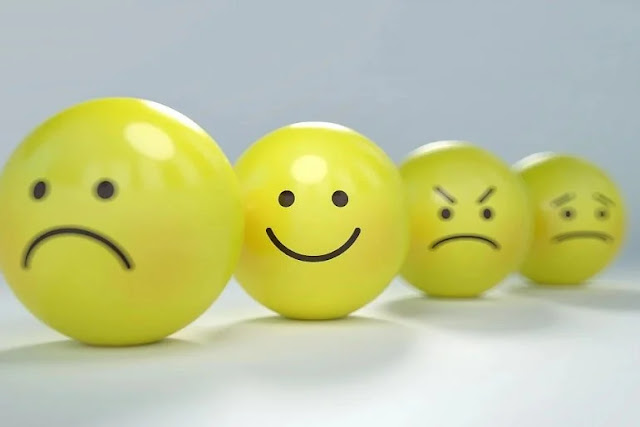A robot learns to imagine itself

Our body image is not always correct or realistic, as every athlete or fashion-conscious person is aware, but it's a crucial piece of knowledge that affects how we behave in the outside world. Your brain continually plans ahead while you dress or play ball so that you may move your body without bumping, stumbling, or falling. As babies, we develop our ideal body types, and robots are doing the same. Today, a team from Columbia Engineering said that they had developed a robot that, for the first time, could learn a model of its whole body from scratch without the aid of humans. The researchers explain how their robot built a kinematic model of itself and utilized that model to plan movements, accomplish goals, and avoid obstacles in a range of scenarios in a new report published in Science Robotics. Even damage to its body was automatically detected, repaired, and then detected again. Robot looks at itself as if it were a baby discovering itself in a room full with mirrors. A roboti










